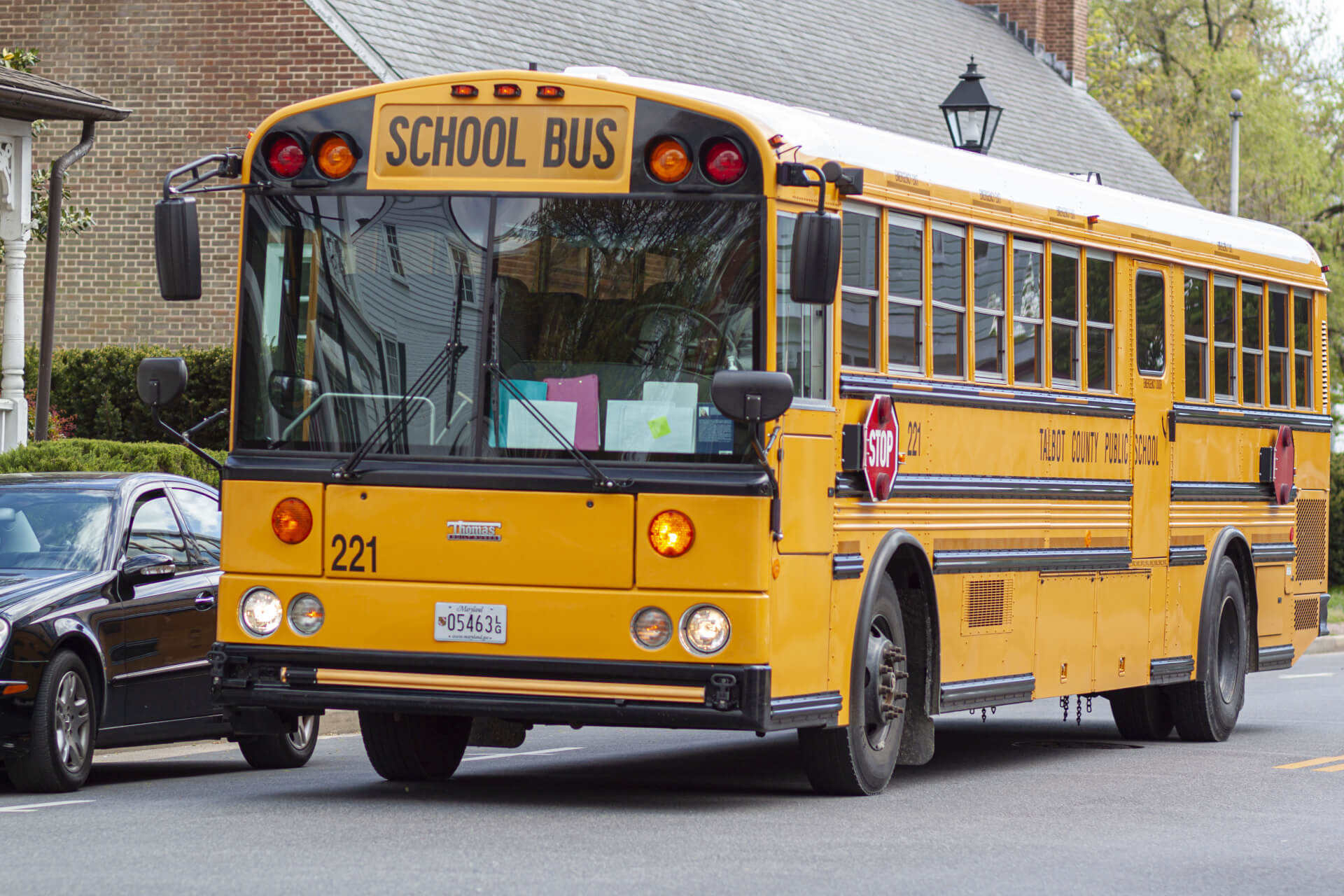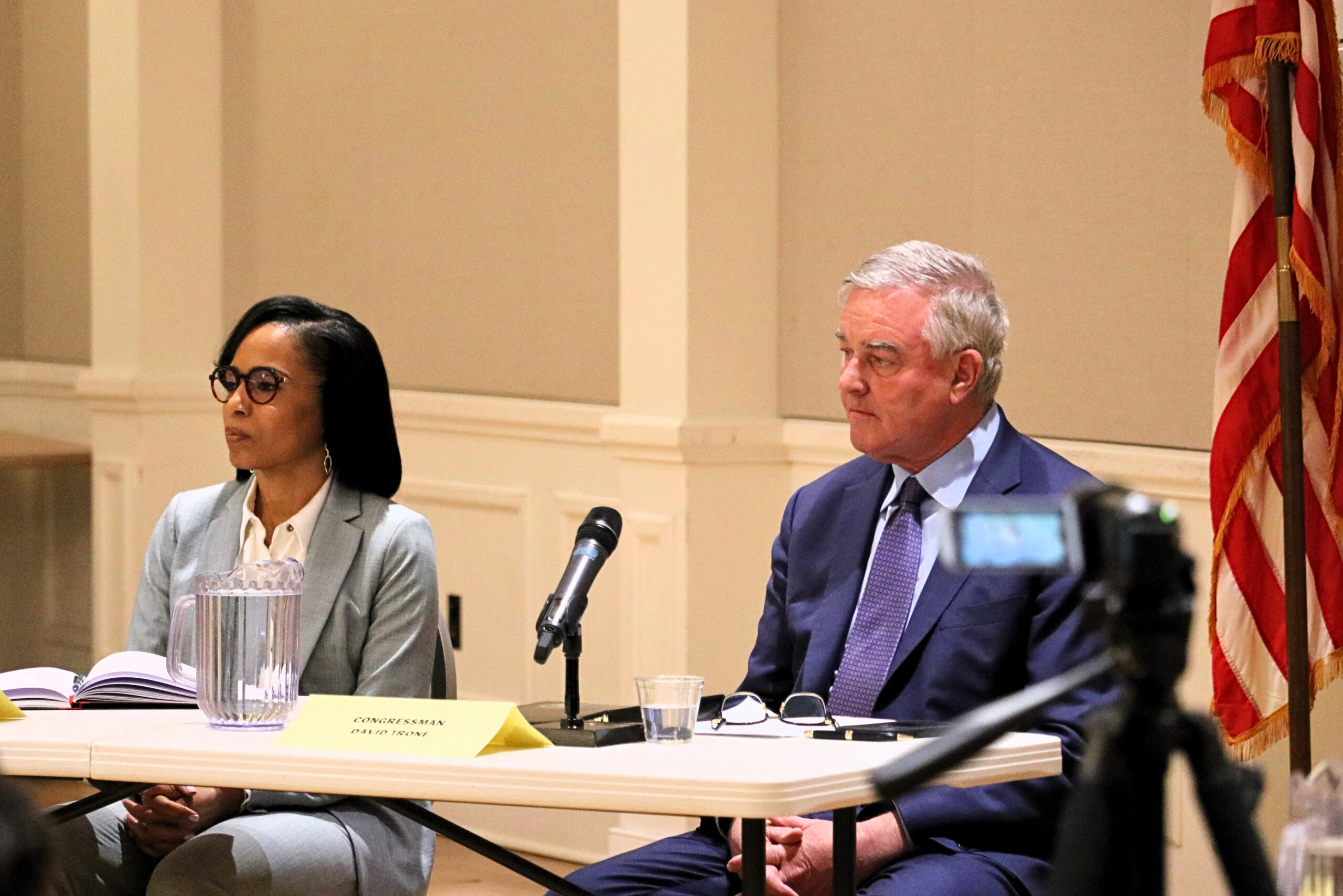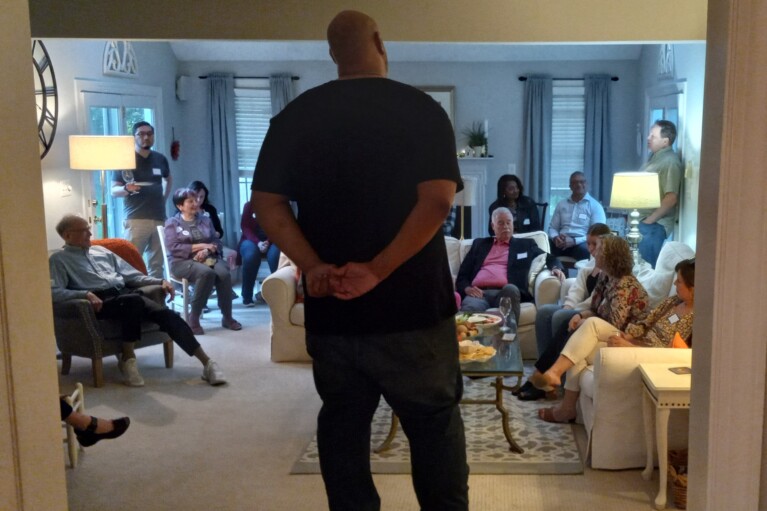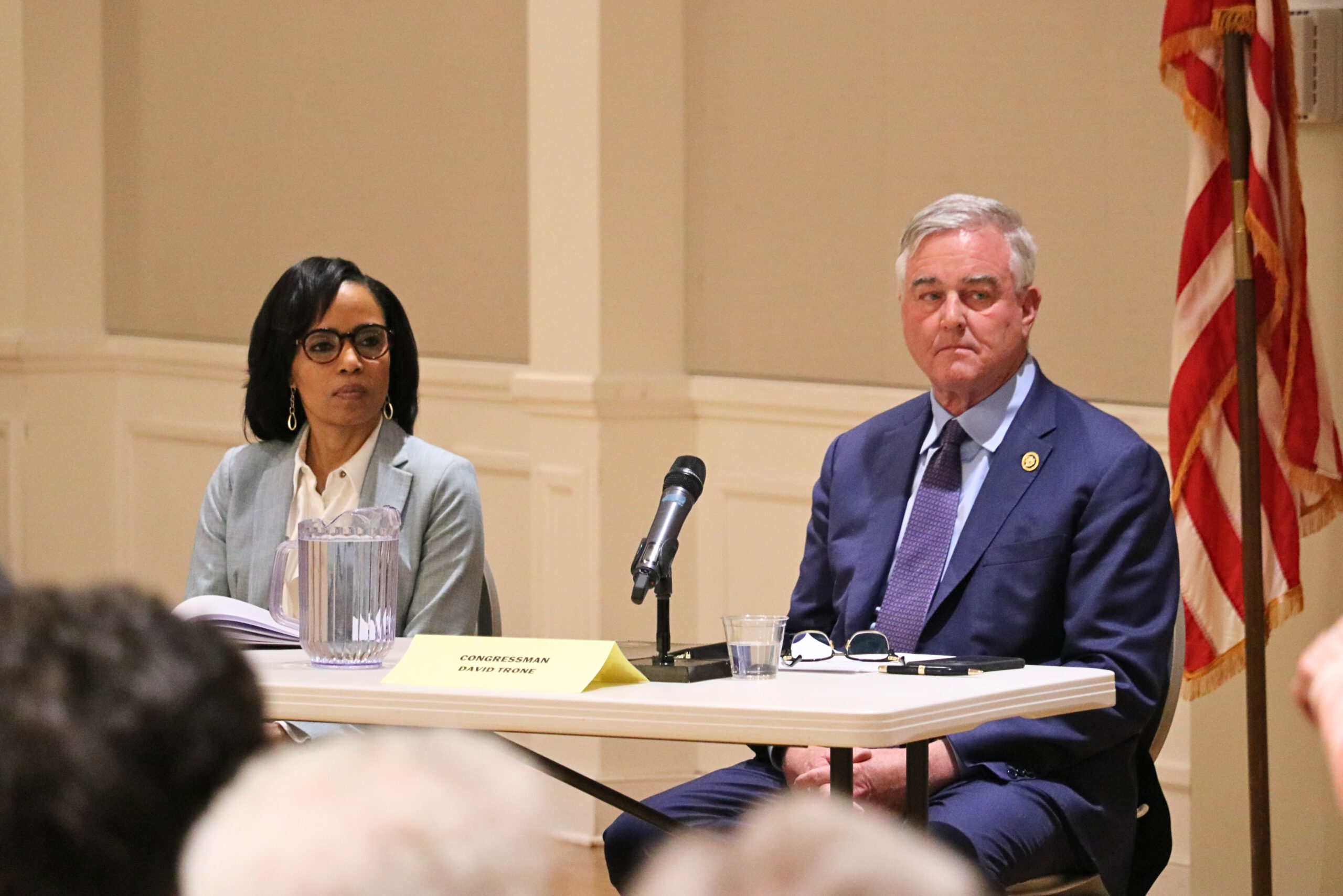Frank DeFilippo: Forecast for School Calendar Ballot Initiative Is Stormy

In politics, as in love, timing is everything.
Just as Gov. Larry Hogan (R) huffed and puffed and picked a fight over local school schedules, a couple of counties ran out of snow days that now have to be made up. And as the threat of a referendum foreshadowed a duel Hogan suggested he’d win, another storm rolled in that added even more make-up days to the school calendar. The missed days and hours are piling up. Finally, one county had enough and said it would like to decide on its own when its kids start school.
The weather knocked the stuffing out of Hogan’s bluster.
Hogan has two problems: First, he’d better be careful about challenging the education lobby and its fellow travelers to a showdown on getting out the vote for a referendum; and, second: he ought to stop paying attention to Comptroller Peter Franchot. Hogan’s about the only one in Annapolis who does.
A couple of years back, Franchot convinced Hogan that opening local schools after Labor Day, by state decree, would be a huge boost to Maryland’s economy and give families more quality time together. So Hogan, smitten by the idea of acting pro-business, issued an executive order doing exactly that. It was a rare and ham-fisted intrusion of politics into education policy and a blatant breach of the invisible wall that historically has separated the two.
The executive order was amended along the way to give counties the right seek waivers. About a dozen have done so, adding a burdensome layer of paper-shuffling to the order.

Frank A. DeFilippo
Translated, that meant families that are so inclined could spend one final long weekend in Ocean City exposing themselves to the sun’s carcinogenic rays by day, and clogging their giblets with cotton candy and boardwalk fries by night. The days would be made up, according to Franchot’s calculator, at the end of the school year instead of an August start.
There’s been hell to pay ever since.
The state school board objected to the directive; local school boards were furious about the state overruling local prerogatives; voters, who were supposed to be thrilled by additional child-sitting, saw a mixed blessing; the kids could care less because classrooms are hot at both ends of summer; and worse, there’s a mandatory June 15 cut-off date to the school year, which must total 180 days.
Weather and vacations are not the only factors under consideration when establishing local school calendars. The Maryland Department of Education lists seven individual and expanded holidays. Holidays and observances are becoming increasingly more important on the already crowded school dockets because of cultural identity absences.
This is especially so in counties where there are polyglot populations and diverse constituencies that subscribe to old world traditions in their new world environment. They are pushing for parity days-off in recognition of religious observances along with Christian and Jewish traditions as well as the one-size-fits-all civic holidays. In the collision of cultures, Jesus, Moses and Mohamed are competing for equal billing.
And now the General Assembly is roiling over the issue and is determined to return school scheduling to its rightful authors, local school boards. The bill before the Assembly would allow local school authorities to set starting and ending school dates and extend the cut-off date by five days past the current June 15 deadline.
And Hogan, exhibiting confidence in his polling numbers and personal popularity, is threatening retaliation by leading a petition drive to voter referendum with more than a hint – make that a threat – that he would win such a contest if it were put before the voting public.
Ya think?
The mechanics of a referendum are simple. Gather just short of 70,000 valid signatures on petitions, based on turnout in the last general election, and, once they’re certified, the issue at hand appears on the next statewide general election ballot. But first, the Assembly, which is veto-proof, must enact the legislation.
If Hogan were paying attention to last year’s election, and he no doubt was, he probably noticed how Democrats forced the “lock box” issue over education funds to referendum, bypassing the need for the governor’s signature, which he originally opposed, and how the education lobby marshalled its considerable might to win approval. That is no doubt why Hogan hitch-hiked onto the issue as if to make it his own, or, at least, to claim co-ownership.
But in 2020, Maryland’s next statewide election, Hogan will not be on the ballot and President Trump will – that is, if he runs. And nothing is guaranteed to draw a massive turnout of Democrats in Maryland more than Trump’s name appearing on the ballot (Trump lost Maryland to Hillary Clinton by 26 points).
Trump has a name recognition problem; people recognize it.
There are 2.1 million Democrats and nearly a million unaffiliated (independent) voters in Maryland, many of them sympathetic to the needs of schools and the priorities of local education officials. This is especially relevant among black voters who make up about one-third of the Democratic base, whose local schools demonstrate the greatest need for attention.
What’s more, there are about 900,000 children enrolled in Maryland’s 1,424 public schools and another 250,000 who attend pre-K, Head Start or other licensed childcare programs. That’s well over a million kids to carry home the message of education-comes-first to families who’ll do the voting on behalf of underage children and their schools.
Add to that considerable constituency the number of PTAs across the state as well as teachers’ unions and the various other professional education associations and they form one huge bloc of voters who might give Hogan pause about a referendum challenge at the polls. And you can be certain that local school boards are twisting the arms of their representatives in Annapolis to adopt the legislation overriding Hogan’s executive order.
Remember, too, that members of the General Assembly form the moving parts of the Democratic Party’s voter delivery network and, if the legislation is adopted and, if necessary, upheld by veto override, they’ll be working in 2020 to assure its approval on referendum.
Moreover, by November 2020, Hogan’s moment might be over. He’ll be approaching the seventh year of his two-term limit, not quite a lame duck but nonetheless limping toward the end of his legal time in office.
If anyone’s still unconvinced, the weather folks are forecasting more snow on the way.




 Creative Commons Attribution
Creative Commons Attribution